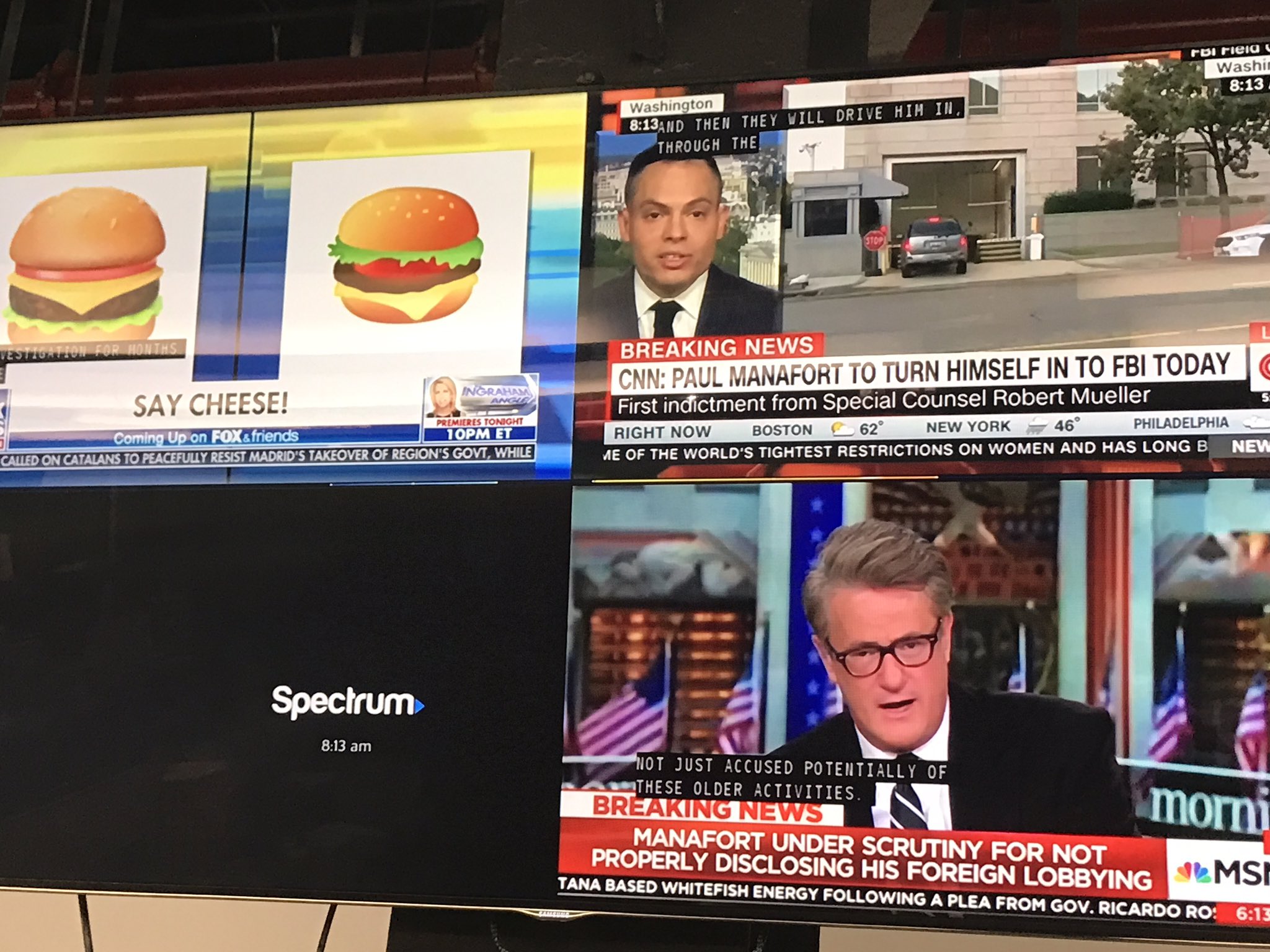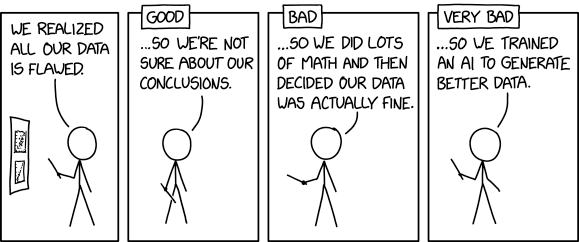Another aspect of this story I should have mentioned, while spending on digital effects has exploded, it's still difficult for the effects houses to turn a profit.
FRIDAY, DECEMBER 4, 2015
Obscure comic book heroes battle (the idea of) cost disease
Assuming both the rumor and the speculation are sound (and there's lots of other evidence that Hollywood has a growing problem with budget spirals), this raises some perplexing questions.
Fans of the DC Television Universe might have some reason to worry. While the creation of the first season of Legends of Tomorrow is underway, it has come out that the CW may have overextended themselves in regards to budget. It seems that the first season of the Legends of Tomorrow is more expensive than the network originally anticipated. Intel from Bleeding Cool is now claiming that the CW may be nixing the idea of a second season, knowing that show will likely continue to become more expensive as it grows. Yikes.
...
What is it about Legends of Tomorrow that makes it so much more expensive than its predecessor? I can only imagine the multitude of visual and special effects are what is taking such a toll on its budget. After all, in a show that revolves around time travel, and where each protagonist has a unique set of superpowers, the effects team must have their hands full. Maybe having one superpowered lead in both Arrow and The Flash allowed for a more budget-friendly production, rather than having to stretch funds across a baker's dozen worth of heroes.
These days, the explanation de jour for cost spirals is...
Baumol's cost disease (also known as the Baumol Effect) is a phenomenon described by William J. Baumol and William G. Bowen in the 1960s. It involves a rise of salaries in jobs that have experienced no increase of labor productivity in response to rising salaries in other jobs which did experience such labor productivity growth. This seemingly goes against the theory in classical economics that wages are closely tied to labor productivity changes.If there's an economist in house, I'd greatly appreciate a knowledgeable take on this, but it would seem we should a disproportionate amount of money going to the people who have had the smallest gains in productivity.
As mentioned before, technology has improved productivity in film and video by orders of magnitude. These changes have affected every part of the industry but the biggest jump has been in what used to be called special effects. Ray Harryhausen's standard answer to the question "can you do ______" was that he could do anything if given the time and the money, and that was largely true. What has changed is mainly speed and cost.
Here's the weird part, though. The budgets are usually spiraling out of control not because studios are spending that much more on people like writers (whose productivity hasn't grown that much), but because they are pouring money into those areas where productivity has exploded.










